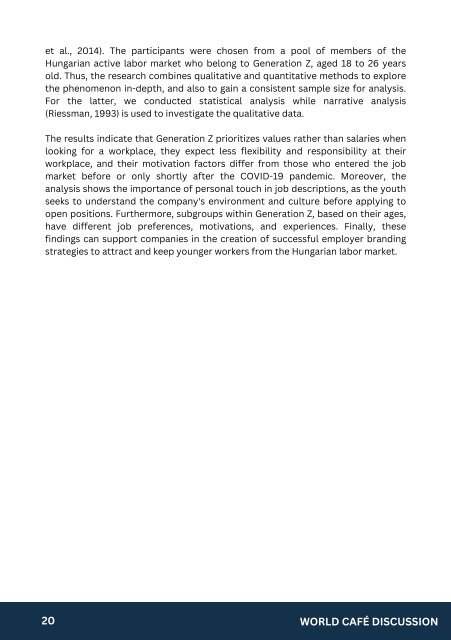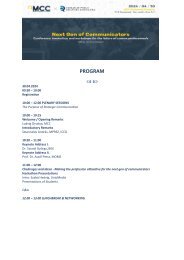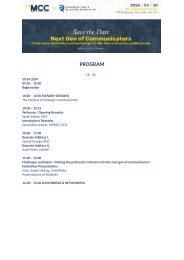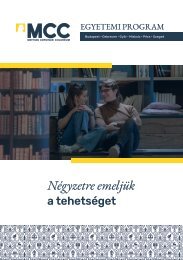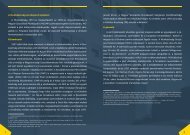Clout Culture - Youth Cultures in Changing Societes Conference
Create successful ePaper yourself
Turn your PDF publications into a flip-book with our unique Google optimized e-Paper software.
et al., 2014). The participants were chosen from a pool of members of the<br />
Hungarian active labor market who belong to Generation Z, aged 18 to 26 years<br />
old. Thus, the research comb<strong>in</strong>es qualitative and quantitative methods to explore<br />
the phenomenon <strong>in</strong>-depth, and also to ga<strong>in</strong> a consistent sample size for analysis.<br />
For the latter, we conducted statistical analysis while narrative analysis<br />
(Riessman, 1993) is used to <strong>in</strong>vestigate the qualitative data.<br />
The results <strong>in</strong>dicate that Generation Z prioritizes values rather than salaries when<br />
look<strong>in</strong>g for a workplace, they expect less flexibility and responsibility at their<br />
workplace, and their motivation factors differ from those who entered the job<br />
market before or only shortly after the COVID-19 pandemic. Moreover, the<br />
analysis shows the importance of personal touch <strong>in</strong> job descriptions, as the youth<br />
seeks to understand the company's environment and culture before apply<strong>in</strong>g to<br />
open positions. Furthermore, subgroups with<strong>in</strong> Generation Z, based on their ages,<br />
have different job preferences, motivations, and experiences. F<strong>in</strong>ally, these<br />
f<strong>in</strong>d<strong>in</strong>gs can support companies <strong>in</strong> the creation of successful employer brand<strong>in</strong>g<br />
strategies to attract and keep younger workers from the Hungarian labor market.<br />
20<br />
WORLD CAFÉ DISCUSSION


